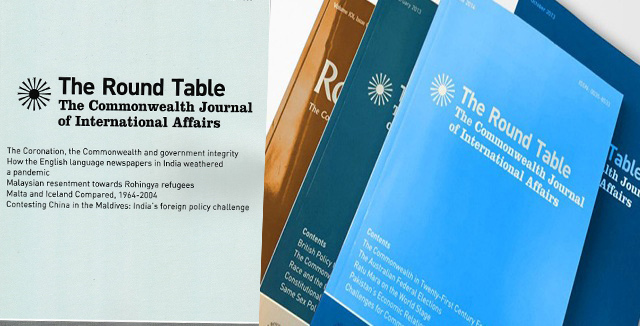
[This is an excerpt from an article in The Round Table: The Commonwealth Journal of International Affairs.]
Synopsis – how did the two Island states contrast and compare?
In the 1960s, Iceland was at an advantage over Malta in terms of economic output, employment, standard of living and export income. Malta faced in its first years of independence grave unemployment, substantial emigration, a weak export sector and the urge to transform the local economy into a modern, export-based, industrial and service economy.
The electoral system, party politics and composition of governments were dissimilar. Malta endured two-party politics and one-party majority governments from 1966, and hence a centralised political power. In contrast, Iceland had multi-party majority coalitions, epitomised by ‘middle of the road’ moderate political decisions and frequent changes of coalitions. The Maltese government was probably able to make more direct, swift and headstrong political decisions on foreign affairs and trade than Iceland, which even experienced its coalition parties in disagreement over membership of NATO, imports of agricultural products and cooperative export arrangements of fish products.
The different location of Malta and Iceland, in the Mediterranean and the North Atlantic respectively, engendered dissimilar geo-politics and foreign relations; their distance and closeness to neighbouring countries, including cultural bonds – as well as the location of key export markets – affected their trade networks and foreign trade political alliances. Iceland was remotely located, far away from other sizeable or economically advanced states, but was closer to the US than any other European state and of a strategic importance to the US and NATO. Meanwhile Malta was on a cross-roads in the Mediterranean, relatively close to states on both its northern and southern shores, with influences from Europe, North Africa and the Middle East coalescing (Pace, Citation1998, Citation2003, Citation2006; Magnússon, Citation2011).
Rich fish resources, efficient fisheries and valued export markets created an export-based, fisheries-concentrated economy in Iceland during the 20th century. Fisheries-biased monetary policies were adopted by the government, overshadowing any other macroeconomic policy considerations, resulting in frequent devaluations of the ISK and extreme inflation. Such excessive reliance on one export staple had adverse effects on other sectors and played a part in destabilising the national economy and with crowding-out effects on other possible growth sectors. Resource-scarce Malta evolved broader institutions and economic policies, focusing on diversification, growing export income and fiscal and monetary stability, including low inflation and maintaining value of the currency. Malta opened up for foreign investments to its benefit, which Iceland restricted. Malta endured a stronger economic growth rate overall than Iceland in the 1970s, 1980s and 1990s. Iceland meanwhile was obsessed with fisheries monomania, while other growth opportunities were considered peripheral.
The pressure on small states to take part in the European-wide co-operation evolved from the 1960s onwards; otherwise, they might risk being left out of the lucrative market in Europe for their products and services. Various structural reforms and more liberal trade policies were required, bringing Malta and Iceland into line with the economic and industrial policies and the institutions of the EU member countries. Both Iceland and Malta had developed their economies somewhat dissimilarly until the 1980s, characterised by strong government control and involvement, while in the 1990s they began to thread more parallel paths, i.e., their trade became more liberalised, competition grew and economic structures, policies and institutions became more akin. The Maltese economy had also adopted new policies and various structural reforms, as required by the EU membership.
Sigfus Jonsson is a Doctoral Candidate, University of Malta, and University of Iceland.



